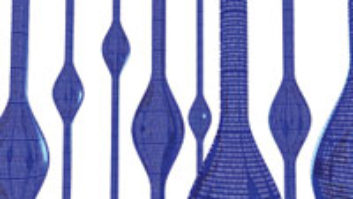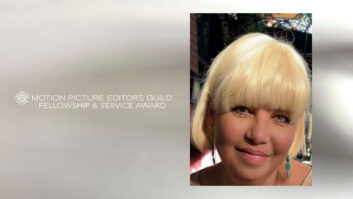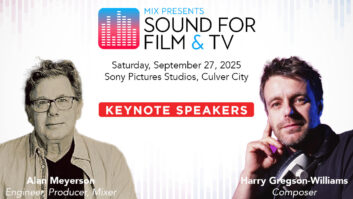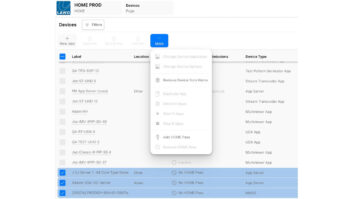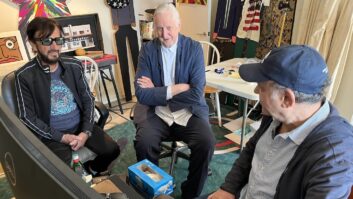I was 11 years old and it was a humid summer morning. As cicadas chittered in the distance, I stood sweltering outside the town record store, taking forever to work up the nerve to go inside even though it was full of high school kids. A giant poster advertising Led Zeppelin’s In Through the Out Door was taped to the window and I stared at it until I forced myself to step through the door and ask if they had the record I wanted. The teen behind the counter rolled his eyes, pulled a copy off the shelf behind him and said, “65 cents.” I plunked down every coin I had, grabbed it and ran. I was now the proud owner of my first record: “Funkytown” by Lipps, Inc.
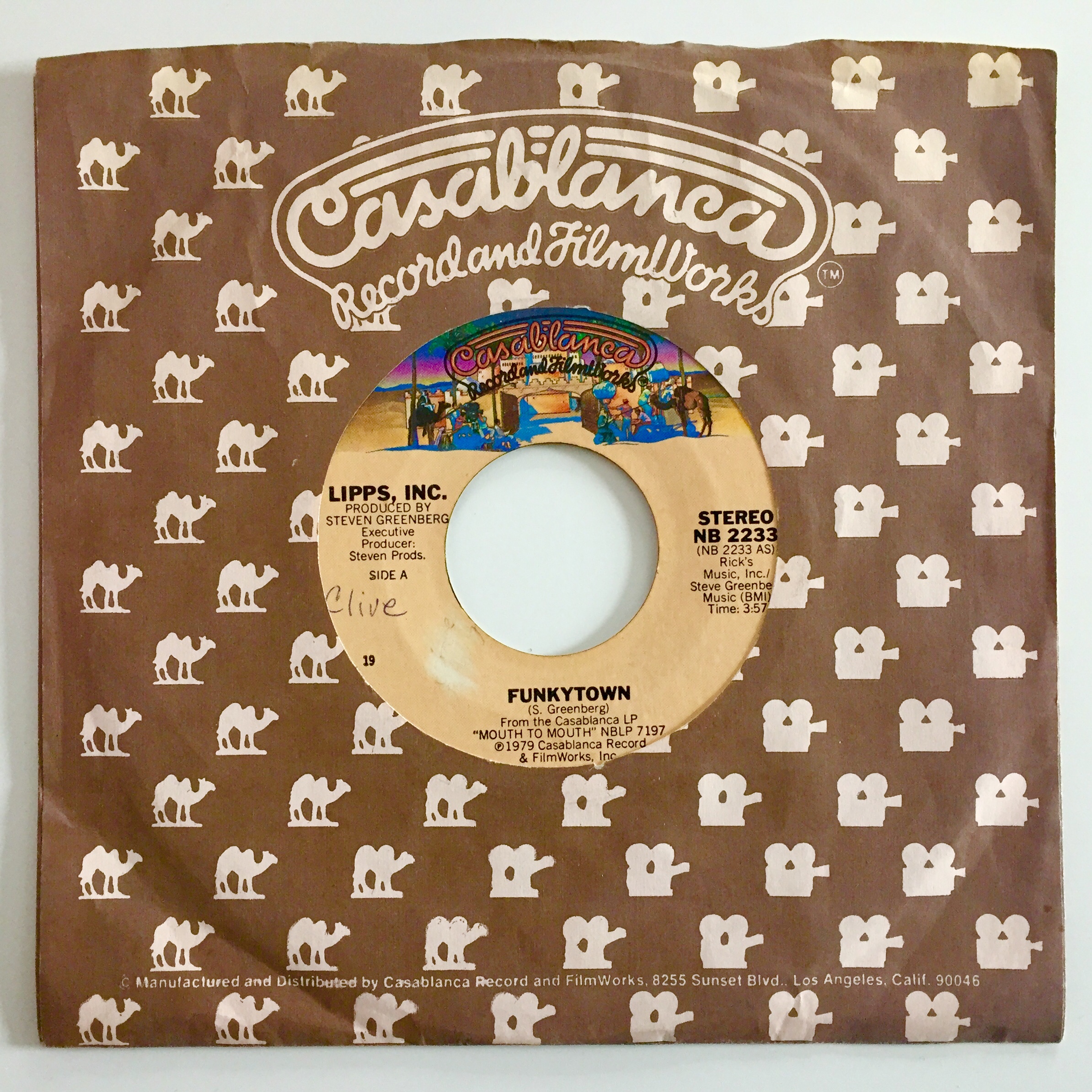
It’s safe to say I’ve bought a lot of records since then, and usually better ones, too. To this day, vinyl’s still my preferred format, not because it sounds better (it doesn’t) but simply because I like the rituals around it, from digging in used record shops to the satisfying ‘ptunk’ sound as the needle finds the groove, to poring over liner notes, playing the endless game of musical connect-the-dots as certain producers, engineers and musicians turn up time and time again across albums and genres. Legendary producer/engineer Ed Cherney writes in this month’s METAlliance Report about how crucial the presentation of credits is for building a long, healthy career in production, but for me growing up, reading liner notes was just part of falling in love with music.
In the mid-2000s, when I found out I was going to be a dad, one of my first thoughts was that I hoped I could instill a similar deep love of music in my child. Someday when I had to cover concerts for PSN, I’d be able to take Kid TBD to some great shows once he/she became a teenager, and wouldn’t that be cool? That’s planning pretty far ahead, but that’s what editors (and nervous dads-to-be) do and I’m a patient person.
Years later, my daughter is now a teenager, and her hobby is not music. It’s Netflix. All of it. Especially the stuff she thinks we don’t know she’s been watching. Brilliant, beautiful and funny as heck, my perfect child’s one imperfection is that her interest in music is essentially nil. Every so often, I’ll mention I’m going to cover some top-grossing tour and that she’s welcome to be my Plus 1—and she’ll say, “Do I have to?” It’s not her thing.
Recently, I said over dinner that I was going to cover Panic! at the Disco. The kid’s response: “You’re taking me, right?” It turned out we had a fan in the house; who knew? We went, I got a good story, she had a great time and we bonded over sharing a fun show.
Then the other day, I spotted the band’s latest LP in a store and picked it up on a whim. While my daughter bought it on iTunes ages ago, she was fascinated when I brought an actual physical copy home. Keep in mind, she’s patiently waited for Dad in a million record shops over the years, so she’s no stranger to the format, but this was different because it was music she cared about.
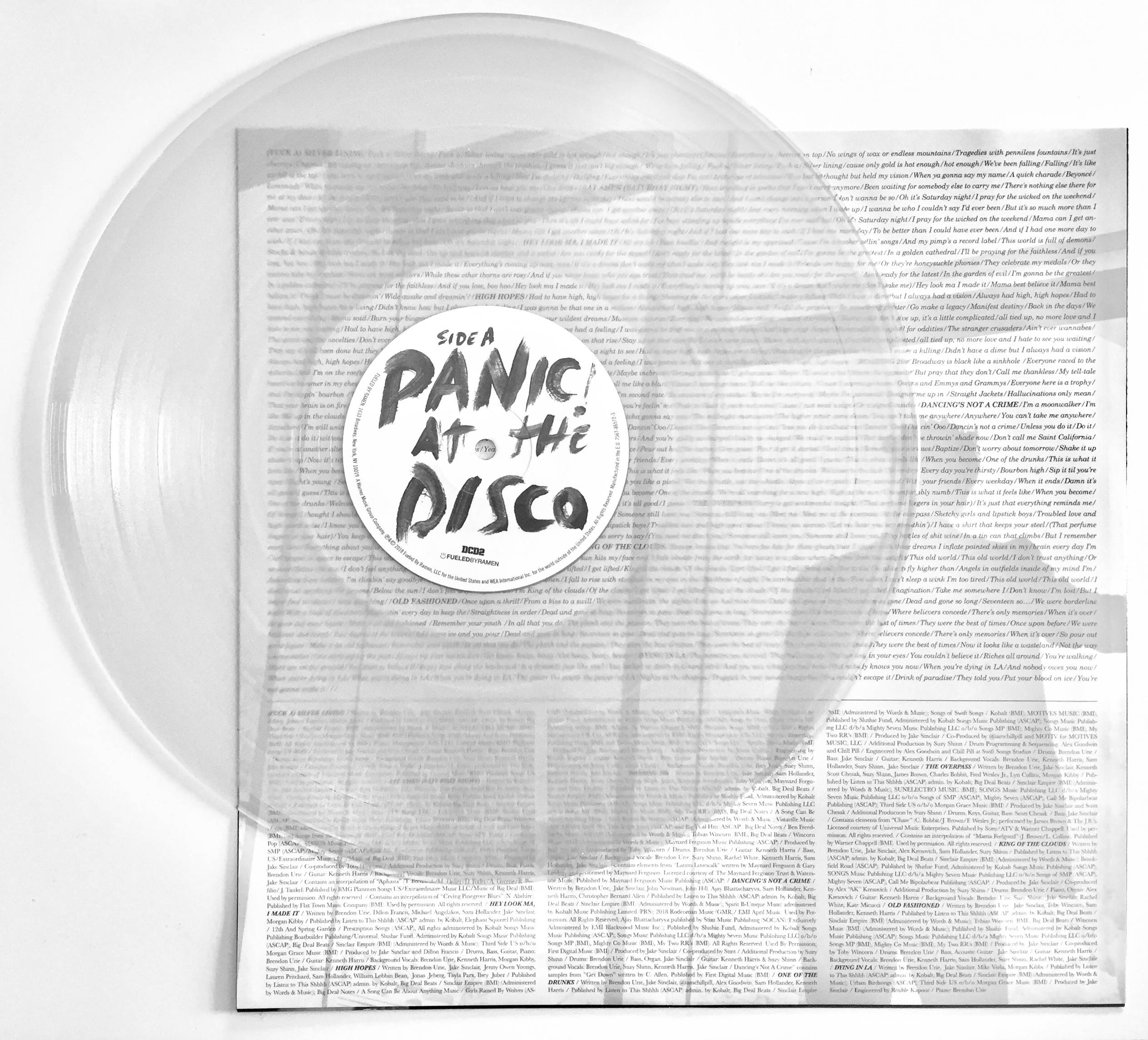
“Dad, it has lyrics!” she exclaimed, pulling out the inner sleeve. “Wow, look at all the people who worked on it,” she added. She sat there and read it all, examining the minutia, and it was a revelation for both of us. She suddenly got why Dad likes having physical manifestations of his music around, and I got to see what a huge part of the music enjoyment experience her generation has missed out on by not having an object that you hold in your hands and discover while you listen. In his METAlliance column, Ed Cherney explains how credits are on the verge of making a surprise comeback in the streaming era. Let’s hope so; with any luck, maybe my kid and all the future recording pros of Gen Z will get to read liner notes again and start connecting the dots themselves.

